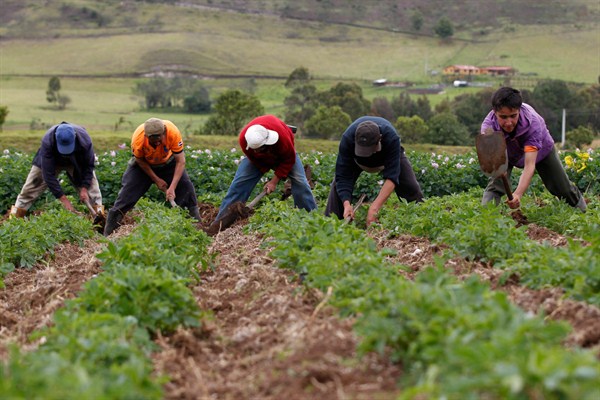Two weeks of strikes, protests and roadblocks ended in rural Colombia two weeks ago after peasant farmers and indigenous groups reached an agreement with the Colombian government to include them in future rulings on mining and other issues in the country’s rural areas. More than 30,000 members of indigenous and peasant groups across the countryside initially joined the agrarian strike on May 30, which affected 24 of Colombia’s 32 departments, or regions. Three protesters were killed in clashes with riot police, and some 100 people were injured.
“The government was responsible for the signing of agreements, which are viable and will have to be met,” Interior Minister Juan Fernando Cristo said in announcing the accord ending the protests on June 12. The deal was confirmed by strike leader Marleny Serna of the Peasant, Ethnic and Social Agrarian Summit, or Cumbre Agraria, following their meeting in the municipality of Santander de Quilichao, in the department of Cauca in southwestern Colombia.
The interior minister added that the “work which will have to be completed with indigenous and peasant communities will enable us to guarantee a stable and lasting peace, putting a stop to inequality.” Cristo acknowledged that the agreements were just the start of a lengthy process to ensure that no further revolts would erupt in Colombia, which announced a permanent cease-fire with FARC rebels yesterday, and is set to sign a final peace deal soon with the group after more than five decades of hostility.

